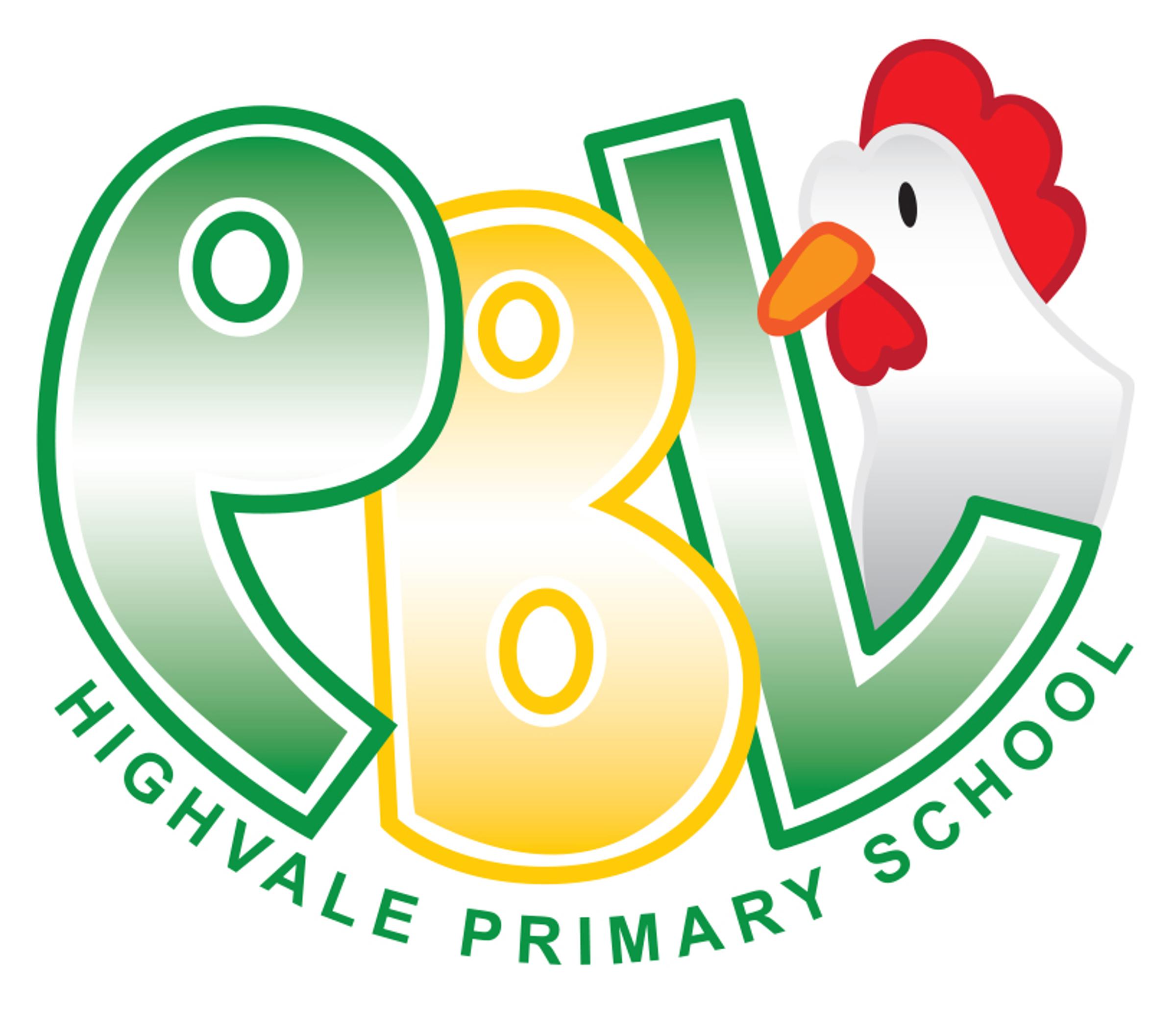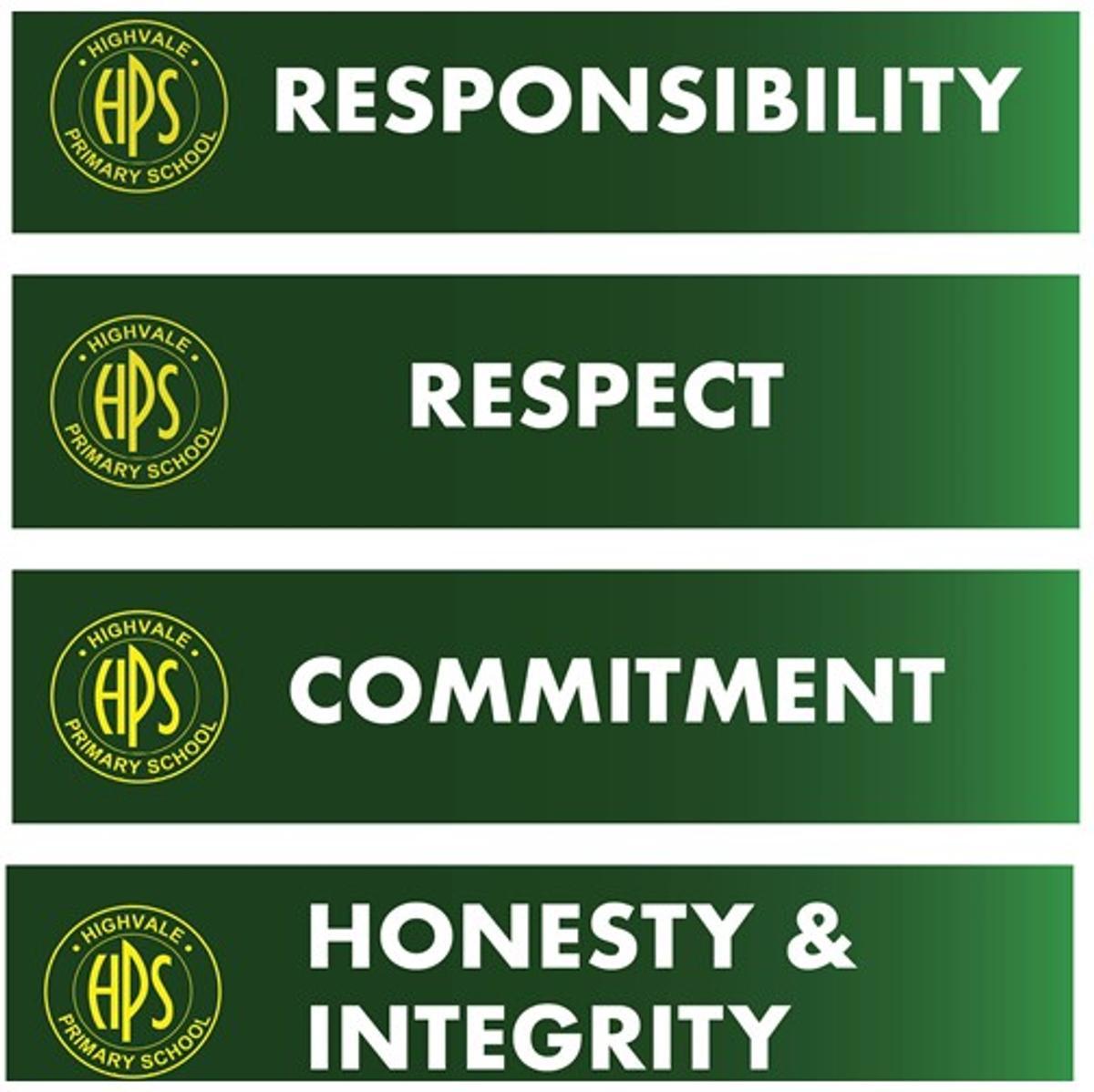Engagement & Wellbeing
Thursday 25 May

Engagement & Wellbeing
Thursday 25 May
Following on from last week's short Sleep feature:




With our ongoing commitment to Child Safety, I would like to share the UN Convention of the Rights of the Child - in Child Friendly Language. It may be difficult to read but these posters can be found around the school and highlight the rights every child has. It is well worth a look. This can be found at: UN Convention on the Rights of the Child - child-friendly version (English) (slideshare.net)


As a psychiatrist working with young parents, it became clear that one of the most important jobs I had was to find ways to help people connect with each other when emotions were running high. So often in my own conversations with them, I would see how well a parent could bring wisdom and clarity to challenging situations that were going on in relationships with their partner or children. But I also saw that there were times when, away from our sessions and in the heat of the moment, they would be unable to think clearly or would be triggered into lashing out in anger.
What was also clear was that the more often these painful experiences of disconnection occurred, the more likely it was that they would recur. This is no accident. It relates to a process called neuroplasticity, a term which refers to the way the brain is always reshaping and rewiring itself according to how we think and behave.
We now know that in the first two years of life, before language skills are present, memories of difficult experiences are laid down in what is called implicit memory. These memories are not attached to a logical story line – that can only happen when children have language skills and can make meaning of their experience.
For young babies, tiredness, hunger and physical discomfort are often the reasons they become distressed. But what is less well recognised, is that babies are hardwired to detect emotional disconnection and are powerfully caught up in the emotional reactions of those around them. Decades ago, Ed Tronick, a professor of child psychology, demonstrated this in what is now called the “still face experiment” which you can see here in a short video.
As humans we retain a lifelong sensitivity to the emotions of those around us.
When we are triggered into strong reactions of anger, fear, or shame, emotions are amplified by their connections to parts of the brain that store implicit memories. This is why, even in relationships with people we know well and trust, from time to time, confusing and distressing disconnections are inevitable.
So, what can be done about this very human vulnerability?
Well, we can take advantage of the process of neuroplasticity and use mindfulness practices to build stronger connections between our more primitive centres of emotion and the more highly developed higher centres of our brain which are capable of clear seeing and flexibility.
The way this is done however, is not intuitive. Left to its own devices, when we are feeling out of our comfort zone, our brains usually direct us into either distraction or unhelpful behaviours like over eating.
Mindfulness practices have been shown to powerfully harness the brain’s capacity to rewire itself. However, when most people think of mindfulness, they imagine sitting quietly and following a guided meditation, or trying to bring a more focussed awareness to simple activities such as eating a meal. While this can be helpful, it doesn’t really tackle the challenge of what happens when the brain gets hijacked by strong emotion.
To bring about this sort of radical change, we need to find ways to expose ourselves to the very situations that trigger us, but in ways that we can actively recruit the parts of our brain which enable us to remain steady and wise.
Imagination is a powerful way to start this process. The way our brains work, is that even imagining a particular situation, activates areas of the brain that are brought into action when the activity is actually happening.
When doing this exercise, it is important to not take on anything too distressing and set yourself a fixed period of time – only a few minutes. Getting overwhelmed with emotion is not the aim.
Let’s say that you want to develop the capacity to not react with anger when your children are arguing. Choose a time when you will not be interrupted. Sitting or lying down, bring yourself into the moment by connecting as best you can to sounds around you or to sensations in your body. When you are feeling a sense of calm, bring to mind a recent memory of when the children were fighting and you became angry. You don’t need to dwell on the image, just connect with it for as long as it takes for you to feel a bit caught up. Can you feel the reaction in your body? Where is it located? Use this spot as an anchor to gently redirect your attention to, away from the image and any intrusive thoughts.
Gently but firmly, again and again, redirect the focus of your attention in this way. This is a bit like working out in the gym. If you use this way of getting into the driver’s seat of your brain and setting small challenges of reconnecting to challenging situations, it won’t take long before you begin to feel a greater sense of being grounded when difficult situations arise.
Next time difficult situation arises, with greater awareness of what is happening, slow down the speed at which you talk. Soften your voice tone and talk more quietly. All of these shifts will influence not only your bodily systems, but also those of the people around you.
Dr Diana Korevaar is a perinatal psychiatrist, whose priority has been to help parents raise resilient and happy children. In her book Mindfulness for Mums and Dads, she adapted the science of neuroplasticity and mindfulness into practical skills which translate the challenging experiences of parenting and relationships into opportunities for growth.
Don't forget, listed below are a number of parent resources you can access at any time.
Take care,
Josh Crozier
Assistant Principal